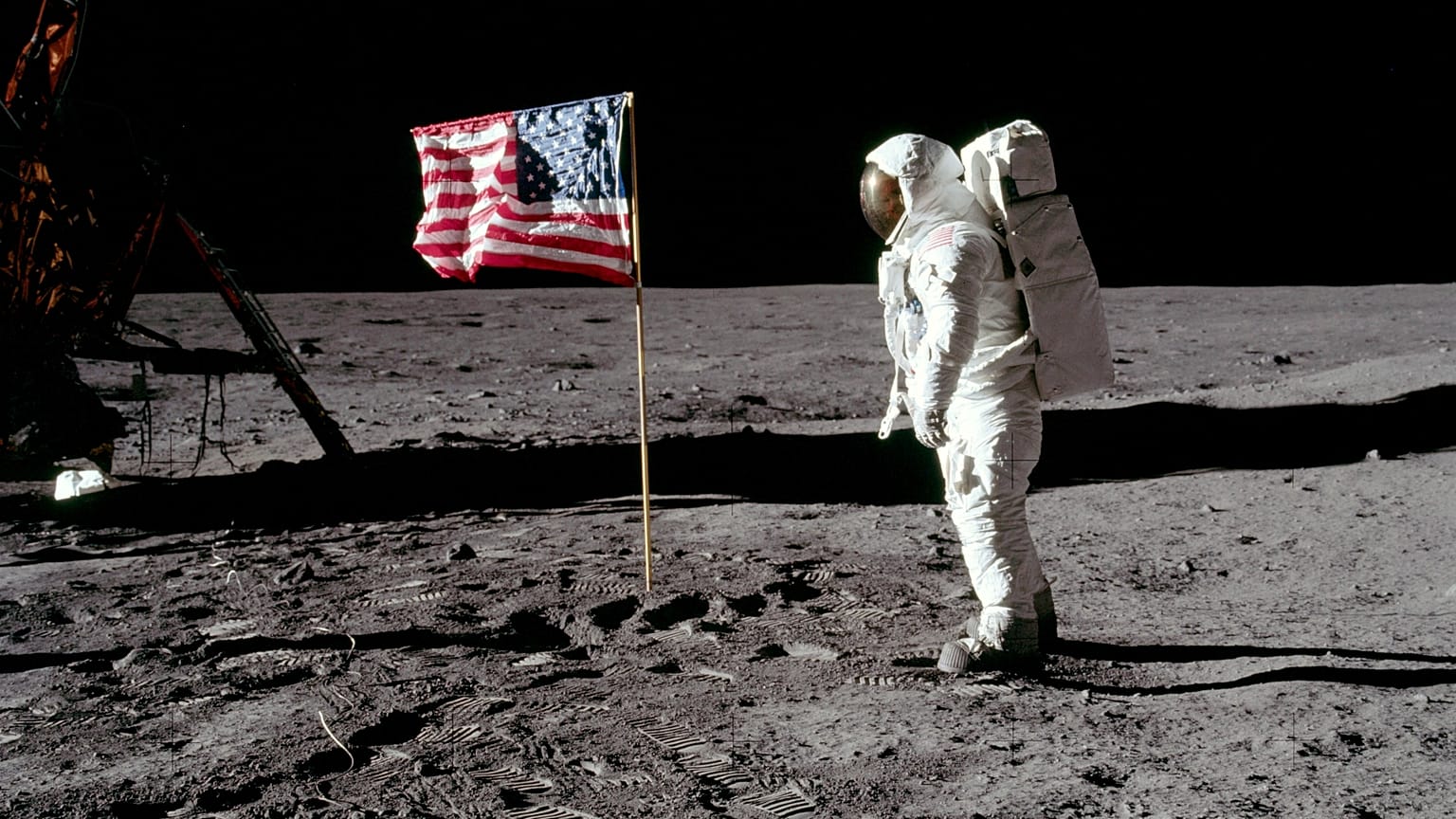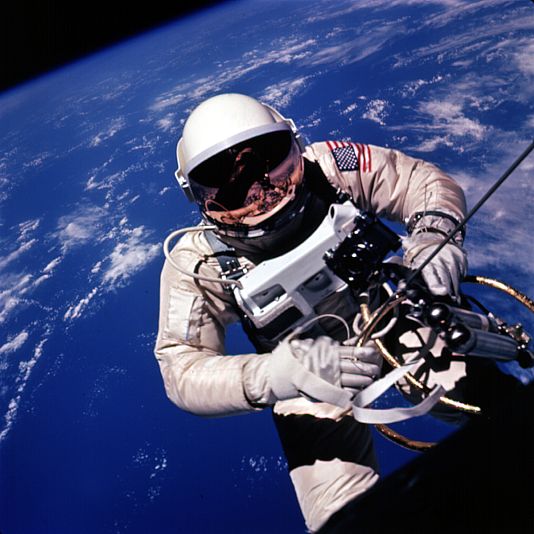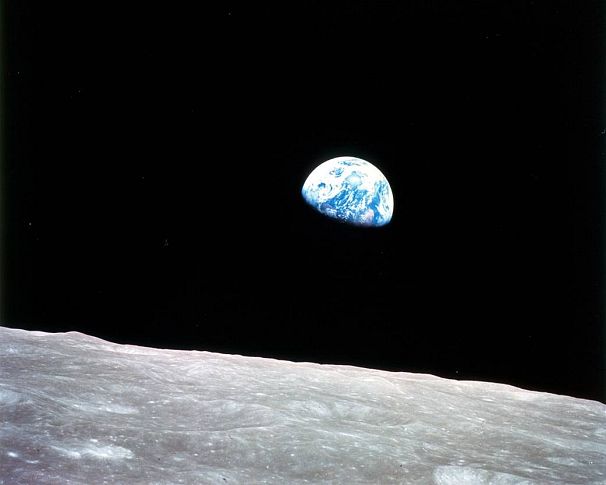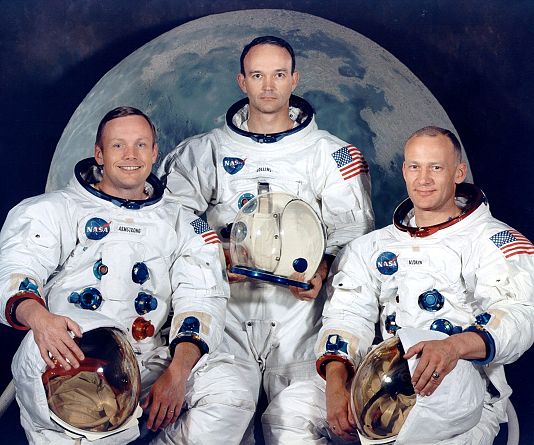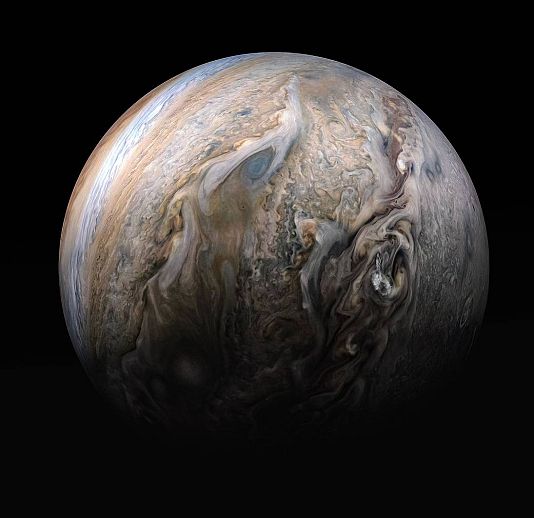Fifty years ago, history was made when humans took the first steps on the moon.
Fifty years ago today (Saturday), humans made history when NASA's Apollo 11 mission successfully landed men on the moon.
While taking his first steps on Earth's only natural satellite on July 20, 1969, astronaut Neil Armstrong famously said: "It's one small step for man, one giant leap for mankind."
It was a giant leap forward for the United States in the space race against the Soviet Union.
Read more: Space leaders recall how the Apollo Moon landing gave them inspiration
Yet the 1960s marked several important accomplishments in space as two opposing sides of the Cold War raced each other to outer space.
Euronews takes a look back at the space race and significance of the moon landing.
A race to the finish line
As the communist Soviet Union and the democratic, capitalist United States poured money into nuclear weapons after World War II, the two opposing world powers raced each other in another domain: space.
The satellite "Sputnik" was the first human-made object to enter into Earth's orbit in 1957, jumpstarting the space race. In 1958, US President Dwight D Eisenhower created the National Aeronautics and Space Administration (NASA) to meet the challenge.
Early on in the race — yet another arena where the two nations faced off during the Cold War — the Soviets appeared to hold the first place against the United States.
Read more: The speech Nixon prepared in case Apollo 11 ended in tragedy
The Soviets would be the first to successfully send and bring animals back from space when dogs Belka and Strelka returned to Earth alive after orbiting the Earth in 1960. The first dog in space, a Soviet stray named Laika, had died within hours three years before.
The former communist state was also the first to send a human into space.
Cosmonaut Yuri Gagarin took off from the Baikonur Cosmodrome in Kazakhstan and completed one orbit of Earth in a flight that lasted about 108 minutes on April 12, 1961.
Twenty-three days later, the Americans sent Alan Shepard into space in a flight that was much shorter than Gagarin's. Shepard flew into space and came back down in just over 15 minutes. He would return to walk on the moon in 1971.
Later that month, the US president said the nation would set a goal of landing a man on the moon.
"I believe that this nation should commit itself to achieving the goal before this decade is out of landing a man on the Moon and returning him safely to the Earth," US president John F. Kennedy told Americans.
Read more: Meet the French astronomers still making new discoveries thanks to the Apollo astronauts
"No single space project in this period will be more impressive to mankind or more important for the long-range exploration of space and none will be so difficult or expensive to accomplish."
Kennedy never saw his moon mandate come to life. He was assassinated in 1963, but his speech empowered the Americans to race to the moon.
Yet it was the Soviets once again who beat the Americans in 1965 to complete the first walk in space — Alexei Leonov completed a 12-minute spacewalk. Ed White followed suit three months later with a 23-minute spacewalk for the Americans, paving the way for walking on the moon.
White would die two years later in the Apollo 1 tragedy, which saw a fire break out in a capsule during a simulation in Florida.
The Apollo program was put on hold after the incident, but just under two years later, the Americans completed the first crewed mission to the Moon with Apollo 8. They were the first crew to orbit the moon and broadcast it live from outer space on Christmas Eve 1968.
They also witnessed the first "earthrise" — Earth rising over the side of the moon.
A giant leap for mankind
Just seven months later, the historic first steps on the moon were taken by commander Neil Armstrong and lunar module pilot Edwin "Buzz" Aldrin. The mission was broadcast live on television to an estimated 650 million people across the world.
Taking off from Cape Kennedy on July 16, 1969, the mission involved Armstrong and Aldrin splitting from command module pilot Michael Collins in a lunar module called Eagle, landing the craft on the moon while Collins orbited around them.
Read more: Half a century on, moon landing conspiracy theories persist
The two astronauts spent a total of 21 hours and 36 minutes on the moon's surface while Collins was alone 96.5 kilometres above the moon's surface.
Many people over the years have asked Collins if he was "lonely" orbiting the moon by himself, to which he said he was not, and rather "enjoyed the peace and quiet". He said he was comfortable and had hot coffee and music if he wanted it.
The Lunar module would reattach to the Columbia "command and service module" before the three astronauts returned to Earth, splashing down into the Pacific Ocean on July 24, after which they remained in quarantine for 21 days.
Return to the moon
Nine more NASA astronauts would return to the moon up until 1972.
Astronaut Buzz Aldrin lamented a lack of "progress" in space travel since that historic first moonwalk on the occasion of the 50th anniversary of the Moon landing.
"50 years ago, the Saturn V took the command module, the lunar module, the three of us to the moon. We landed, explored, got back up again, rendezvous-ed, came back," Aldrin said.
Read more: Giant portrait of Neil Armstrong created in Italy wheat field for Apollo 11 anniversary
"That's 50 years of non-progress. I think we all ought to be a little ashamed that we can't do better than that."
But there have been many other space accomplishments since.
Humans have a long term presence in outer space with the International Space Station — an international satellite that has been continuously occupied since 2000.
We have also orbited other planets and landed rovers on Mars, among many other achievements.
Future trips to the moon are now being planned by many institutions.
The European Space Agency envisions building an international "moon village" — a permanent base from which humans and robots can conduct research on the moon.
The United States also wants mankind to return to the moon and has created a "twin" project to its famous Apollo missions: Artemis, named after the Greek goddess.
Artemis aims to return humans to the moon by 2024, including the first woman.
NASA is hoping to create a sustainable human presence on the moon by 2028. They say this is the first step to better understanding space and eventually, perhaps, making it to Mars.
Read more: Europe's space chief outlines plans for 'moon village'















